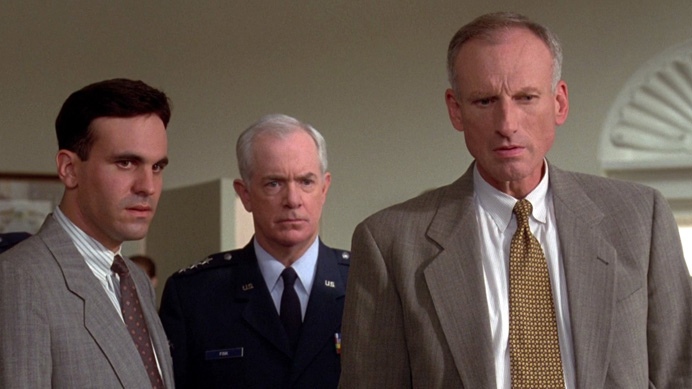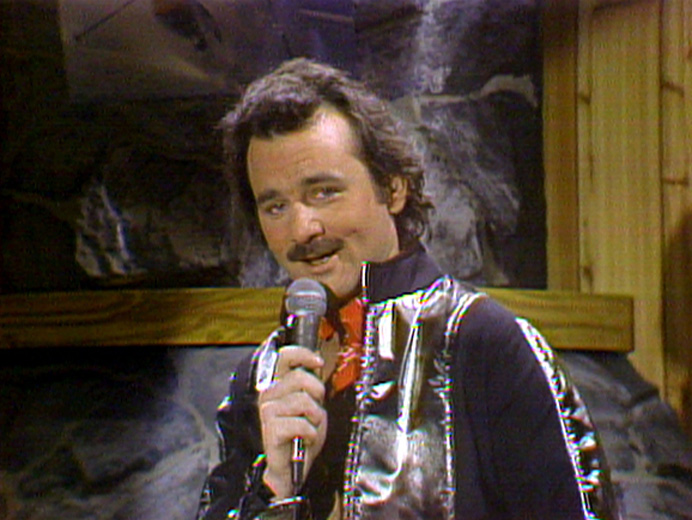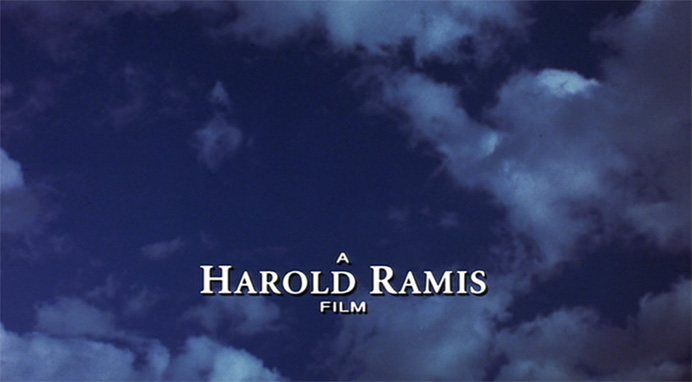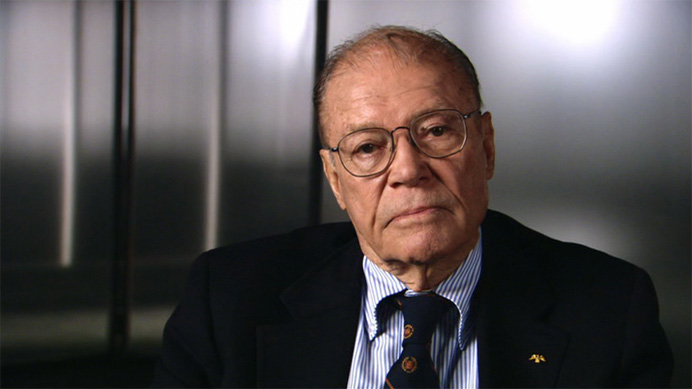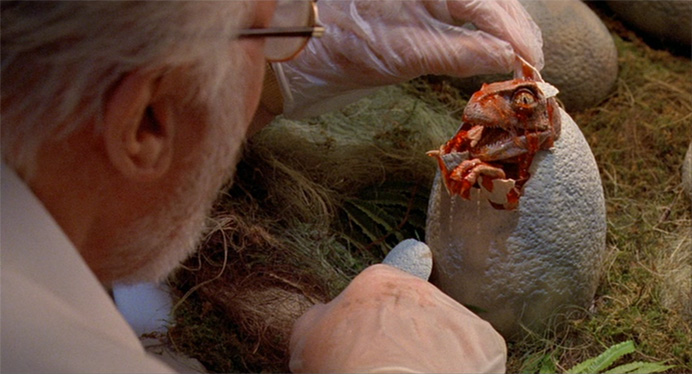
There’s a great little story about how on the set of E.T., Spielberg slowly unwrapped a toy off camera to illicit a reaction from the young actor playing Elliott. I’ve always thought this story was a great way to explain how a filmmaker should approach exposition. Exposition is the easiest, most fun, and most misunderstood part of storytelling. But filmic exposition is generally stupid, because people are afraid of it.
Somebody once asked me, about my 50/50 Rule, “When making a movie, would you pay extra special attention to how it starts, since you lose interest in so many movies so fast?” The answer is decidedly no, because every frame of a movie is sacred and equally important. If you treat your entire movie like that, then you don’t need to spend extra attention to any one part of it. Exposition is too often just underestimated as something that has to be blown through in order to get to the fun stuff. To counteract this, the indies have bloated their exposition with way too much visual minutiae. You can build a ‘stark’, ‘oblique’, ‘atmospheric’ world with your story—you don’t need shots that hold too long on a girl as she wistfully puts on makeup.
Jurassic Park is my favorite exercise in exposition, and in a way, the entire movie is exposition.
Continue reading On Exposition
